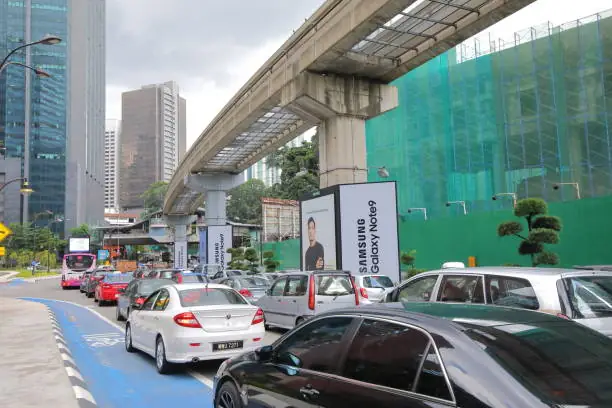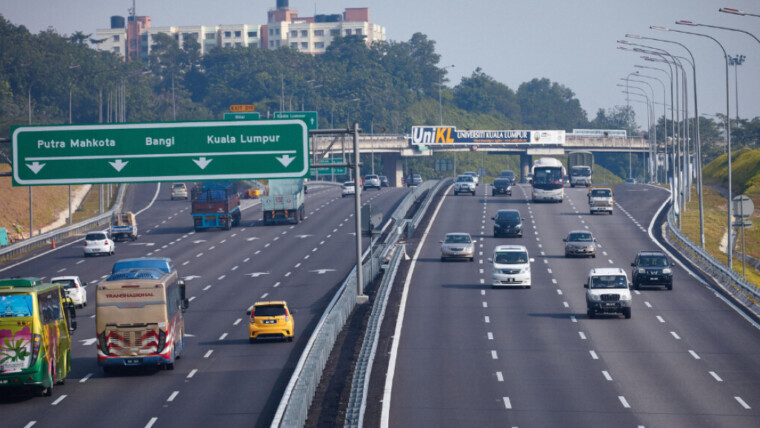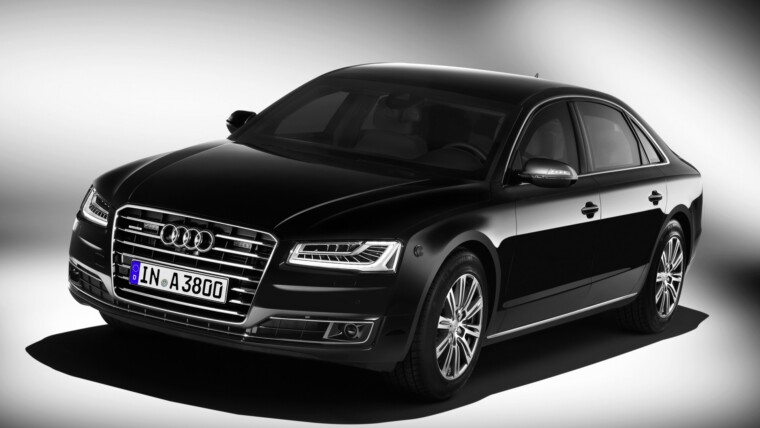The word on most vehicle owners this week was probably about the plan the scrap cars older than 12 years of age. The main factor, safety was used as an argument but thankfully the powers that be have made a complete about turn on their decision. But can that really be the solution in terms of just junking old cars for the sake of “safety”? Can that really be the root of the problem? I mean if that were the case, I would image that countries that focuses a lot on safety regulations and compliancies for vehicular safety would have already implemented this long ago!
As a guy who drives quite a bit (60,000km in two years average), my usual pet peeves are when I see people’s car who have malfunctioning 3rd brake lights or even brake lights themselves. Not just only brake lights, there are people who drive their cars about without even performing the most basic of maintenance checks such as checking if there is sufficient engine oil or there is enough coolant or water in the tanks. Heck, there are cases where they haven’t serviced their cars until their brake fluids were completely dried up. This causes not only danger to the driver of that said car but to others around the vehicle. Brake lights are important especially at this time of the year when rain is frequent and heavy and sometimes even hindering our visibility.
Safety comes in many many forms. Knowledge plays a very important part, being exposed to the oil and gas sector for nearly a decade, I have come to know that HSSE (Health, Safety, Security and Environment) is a very very important factor. No matter where you are, HSSE is top priority, whether you are at an oil rig or even in an office. Taking that into account, I know of firms who do impose certain regulations when it comes to driving, not being able to answer a call while driving for example (even with a hands-free kit). Other areas may be such as all cars parked in the parking lot must be reversed in such that in the event of an emergency, it doesn’t long for people to drive their cars out of the parking lot. That means we need to start safety education to be a priority. Not just focusing on driving safely but also on maintenance of the vehicle, simple checks but are also crucial checks!
So let’s look at it holistically. If we start from the car, a car’s safety has a few factors to it. One of them is the condition of the car. Over the years as manufacturers start putting emphasis on safety, you get more and more equipment with the car as well as car chassis which are engineered to help reduce injury to the driver and passengers. Then you get engineers who look at the hood of the car and ensure that any impact to pedestrians would also be minimised (thats why all the lovely pop-up headlamps disappeared to). But that is only covered from the day the car was designed, manufactured and delivered to the customer’s doorstep. The rest of the car’s life, it is up to the owner. In my years observing people’s behaviours, individually and in teams, there are those who follow the “rules” and there are those that don’t. Those that follow the rules, follows the schedule of the car, when a certain mileage was travelled, they will send their cars into the service center to get it serviced as part of the “rules” set by the service manual.
And then there are those who just can’t be bothered. That is when car manufacturers try to get creative, they have an alarm in the car to indicate that the car needs to be serviced. Others make it a penalty, for example, if you don’t service your car within the specified mileage, the service center may not entertain warranty claims as well as insurance companies may also not entertain that.
I get it, older cars may not be manufactured to stand up to certain safety standards. But at the end of the day, they are just safety standards. You can have all the brilliant engineering at hand but if you don’t maintain your car, your car is as much as a risk to anyone else on the road.
I welcome the initiative that all cars need to be fully inspected from a safety and functioning point of view especially in order to renew the road tax and insurance. But an initiative like this needs to be implemented in such a way that it does cost a burden to the consumer and it doesn’t get monopolized. For example, I would hate that if we were required to do an annual safety check, there is only 1 or 2 places that can perform that check. If I were in charge, I would get all dealerships to be certified to perform these checks and these checks would perform the key necessary inspections on the car at a minimal cost so as to not burden the people. These checks shouldn’t be done just as a money making scheme but as a safety promotion instead.
That covers the car, now let’s cover the driver. I believe that everyone has complained about bad drivers and the term “lesen kopi” is used extremely often to bemoan those who have “bought” off their license. I am for the case that if we want safer roads, we need safer drivers and to do that we need to implement a stricter way of teaching a potential driver the rules and regulations as well as how to handle the car in a safe manner. I guess this sort of came to me as an epiphany while I was attending both the BMW Advanced and Intensive Driver trainings.
I also recall an episode on Top Gear when James May was explaining what Finnish folks had to go through in order to pass their drivers permit. It is no joke, they have to bring their cars on a skid pad and learn car control in the wet. Check out the video by MotorWeek below.
Of course some of us might argue that there isn’t any snow here and our roads are perfectly “smooth”, but how many of us have actually learned how to control our car whilst jamming on the brakes. Heck, when was the last time you remembered how the car reacted when you slammed on your emergency brakes. There are many things that are taught outside at defensive driving schools and advanced driving schools and I am a firm believer that these skills need to be ported to the driving schools. I really do feel that our learner drivers are thought too little, there are too little situational challenges or tests that really teaches future drivers how to react in situations.
I guess, if I were ever to make transport minister, this would be one of my first project to undertake and to ensure the number of accidents on the road. Revamp the entire drivers learning curriculum and examination. I would suggest that the exams are not done in such a standard template but more of a situational based type to see how the student would react in emergencies or various situations.
It is true that old cars may be “unsafe” according to some Dr guy but a newer car is equally unsafe with a reckless driver. I mean, how many times can an accident be faulted because the crumple zone of the car isn’t enough or the chassis isn’t strong enough? We all end up faulting reckless driving, speeding, drunk driving, falling asleep on the wheel or a poorly maintained vehicle as the cause.
*This is the personal opinion of the writer and does not necessarily represent the views of Autofreaks.Net
Image source: Wikimedia Commons, Photo by Morio
Other posts by AF Newsdesk







